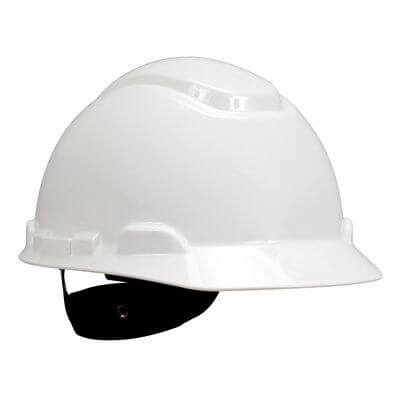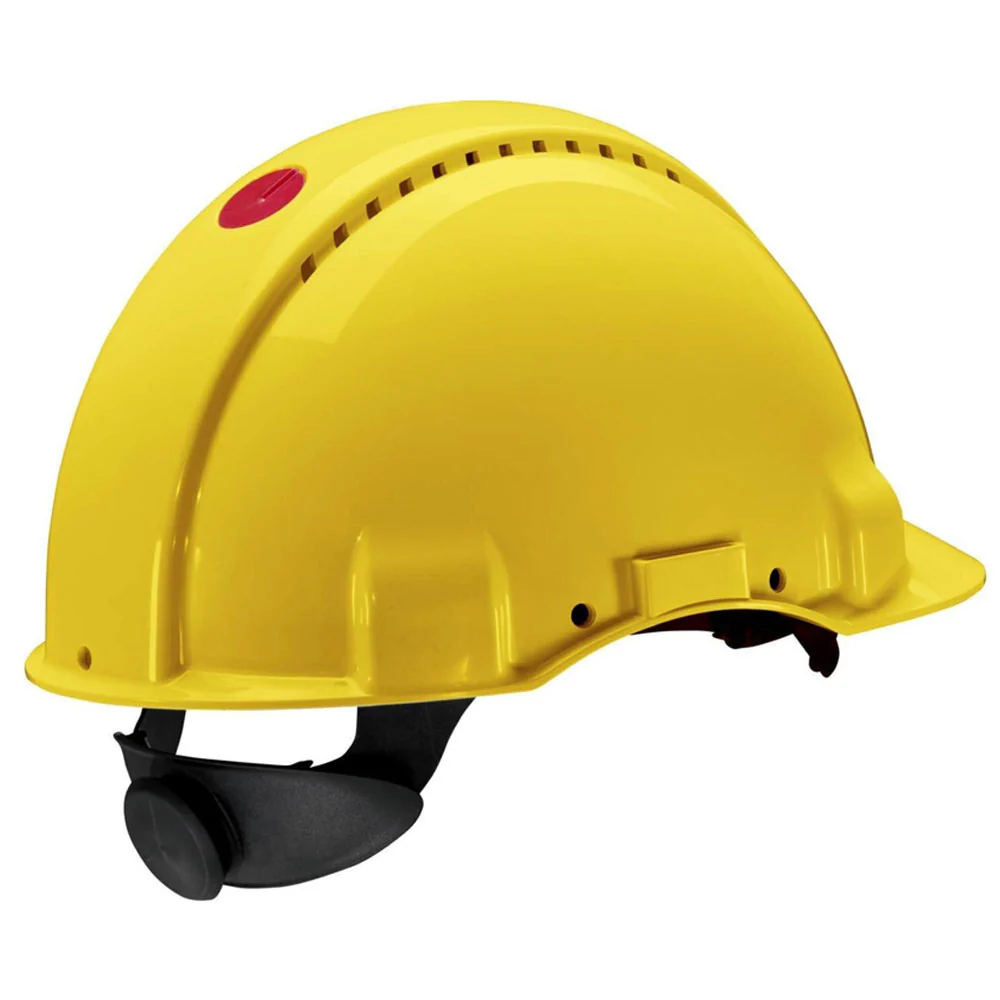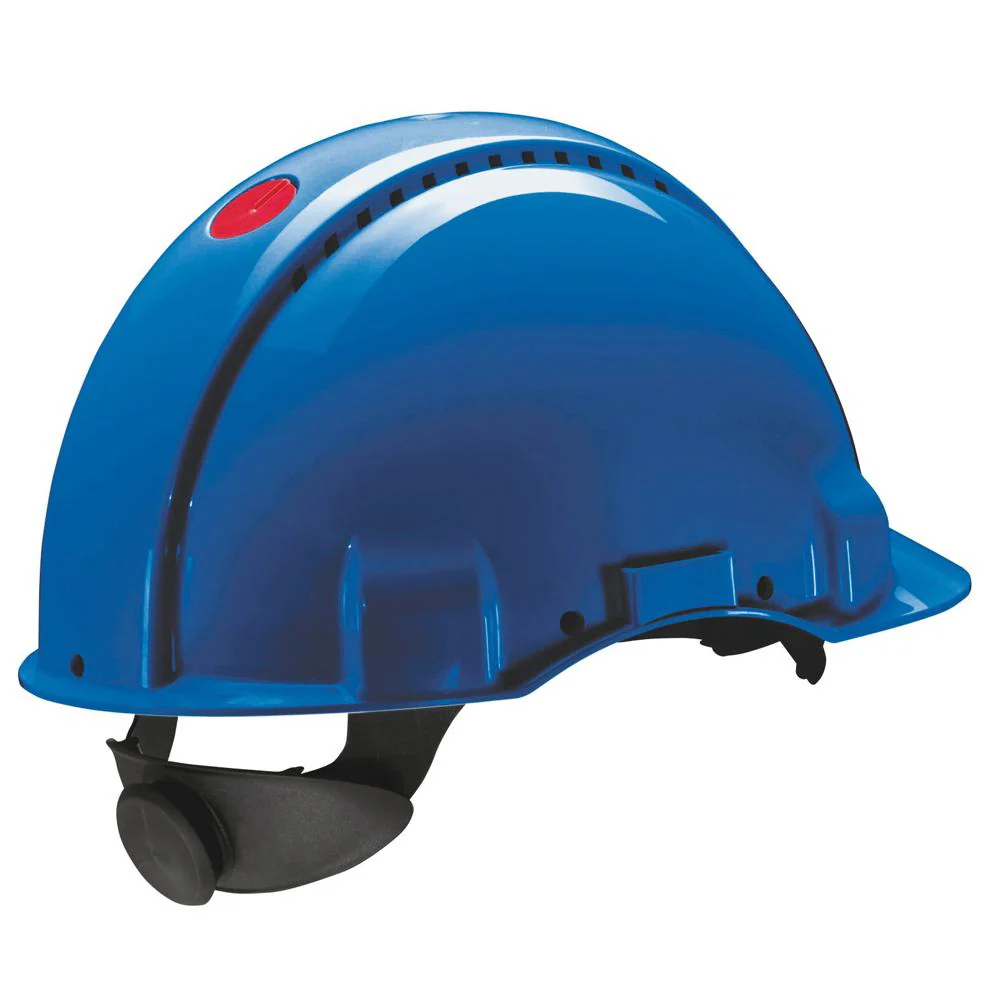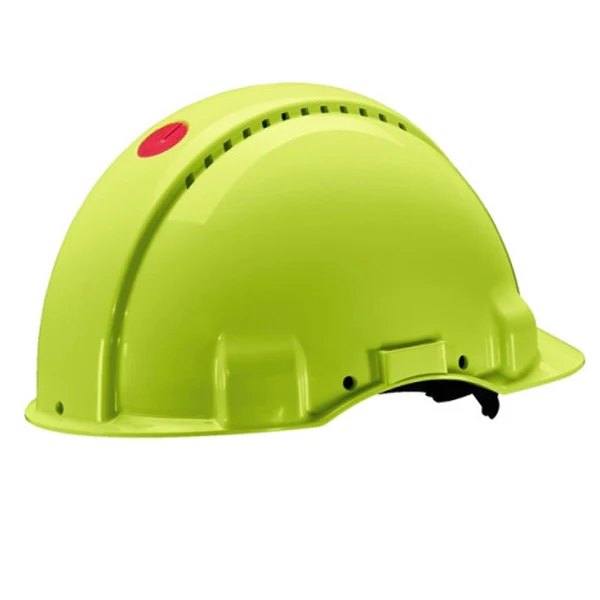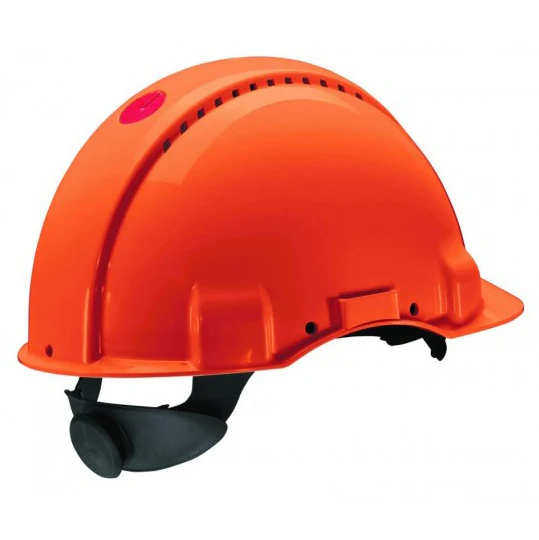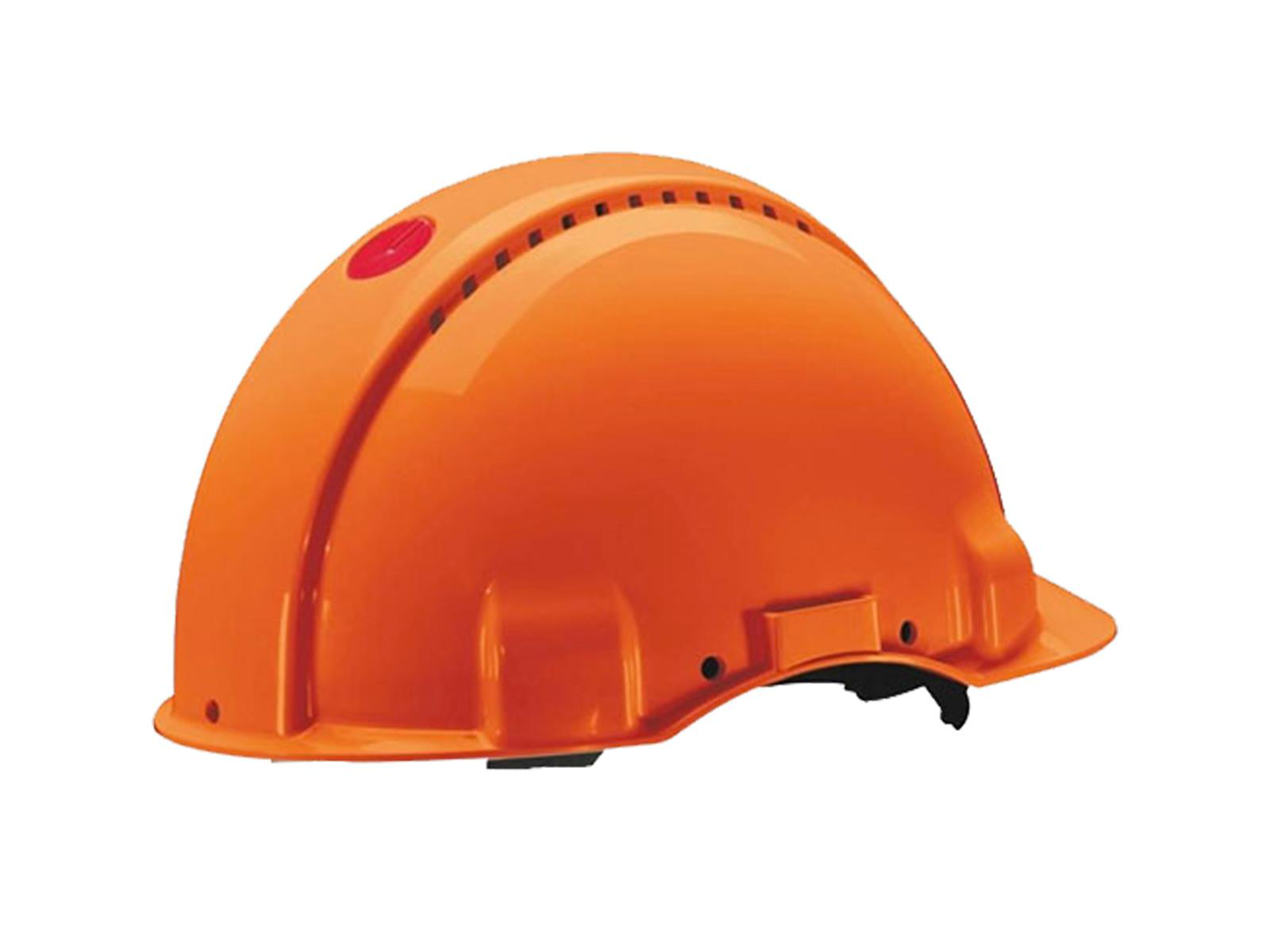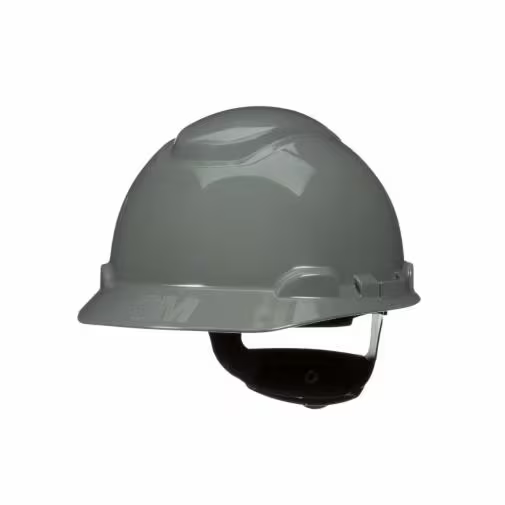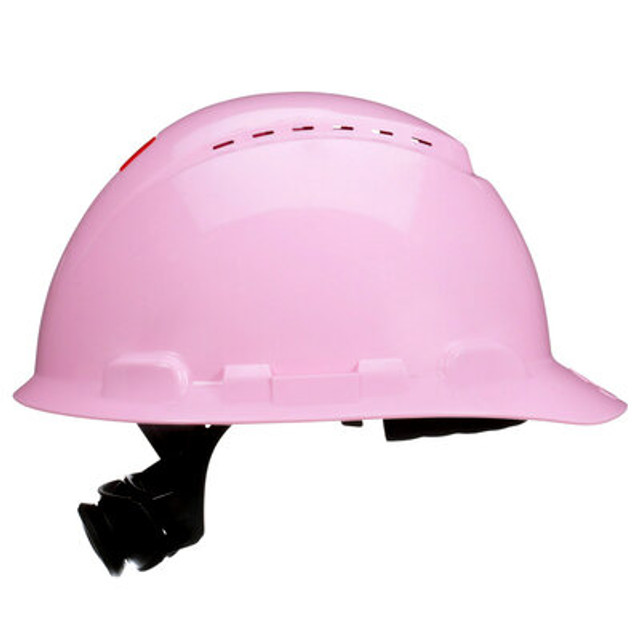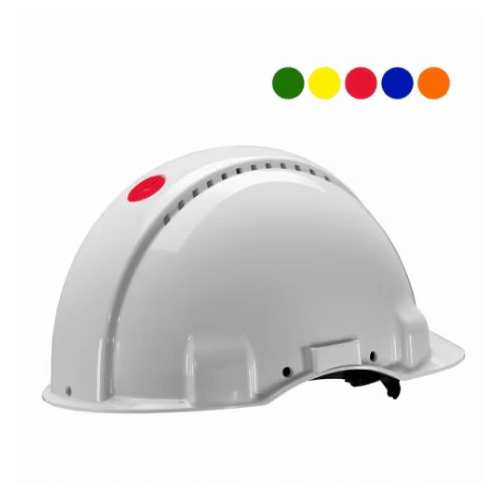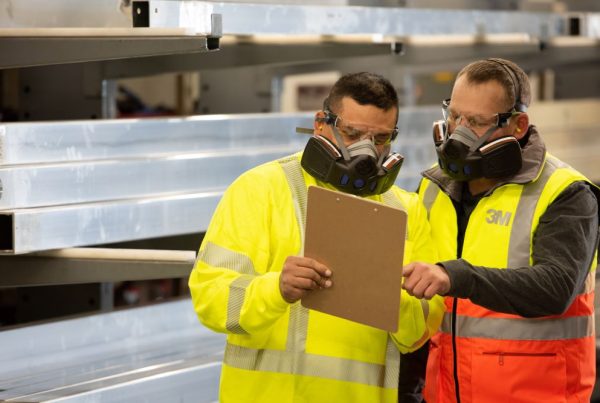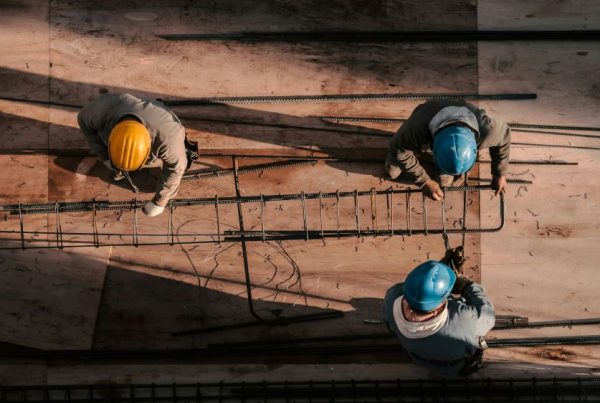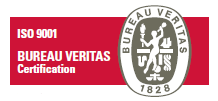The Meaning of different Safety Helmet Color
Walk onto a construction site, a factory floor, or an airport hangar, and there’s one thing you’ll always see in common: safety helmets.
They’re the shared ground across high-risk workspaces, instantly recognisable as essential head protection. But their purpose goes beyond guarding against head injuries.
The color of a helmet also signals roles, authority, and responsibility, helping everyone know who’s who on site.
A safety helmet color code allows individuals to recognise a supervisor, a safety officer, or a new worker at a glance. Without this system, confusion can spread during an emergency, and miscommunication can raise the risk of accidents.
Let’s look at what each color means.
Why Helmet Color Coding Matters
On a busy site, safety helmet color coding provides the following advantages:
Clear identification in emergencies and daily operations
In critical moments like an accident or just needing quick approval, being able to spot the right person through a safety helmet color code instantly saves time and prevents confusion.
Reduces miscommunication on site
With dozens of workers carrying out different tasks, it’s easy for roles to get mixed up. A safety helmet color code removes the guesswork and helps everyone know who to approach.
Supports compliance with safety standards
Singapore regulations state that all persons who are performing any work or service in a worksite should follow the hard hat color code guidelines. Following these practices and pairing them with a trusted PPE supplier helps reinforce a strong culture of safety.
Common Helmet Colors and Their Meanings
Color-Coded Safety Made Simple with the 3M™ Industrial Safety Helmet G3000/G3001
When it comes to head protection, a 3M safety helmet offers comfort, durability, and innovation.
One of the most popular options from this brand is the 3M™ Industrial Safety Helmet G3000/G3001, designed in close collaboration with industrial and forestry workers.
This safety helmet is best for construction, electrical, forestry, heavy & light sector, and metal processing industries.
Available in eight standard colors, these helmets allow companies to follow a safety helmet color code system while ensuring reliable head protection.
Local Practices in Singapore
Helmet color coding can vary worldwide and across worksites.
For instance, Singapore law sets out a safety helmet color code under the Factories (Building Operations and Works of Engineering Construction) Regulations.
According to the regulation, owners, architects, engineers, and their site staff are required to wear white safety helmets. Sub-contractors and their supervisory staff must instead use yellow helmets with a red stripe.
(You can read the full set of guidelines here)
Beyond Colors: Choosing the Right Safety Helmet
A safety helmet color code is an important layer of protection on worksites everywhere.
In Singapore, this goes hand in hand with meeting certified standards such as SS 98 or EN 397, which ensure the helmet itself provides reliable head protection.
The hard hat must possess material strength, comfort, fit, and ventilation, all of which are met also by the 3M™ G3000 Industrial Safety Helmet. It’s a well-ventilated option built for tough conditions, combining certified protection, UV monitoring, and a snag-free design. The best part is, it features the 3M™ Uvicator™ sensor disc, alerting you when UV exposure has reached a level that requires helmet replacement.
Maintenance & Replacement: Don’t Ignore the Expiry Date
Does a hard hat expire? Yes, every hard hat comes with a recommended service life to ensure reliable protection.
Five years is the general replacement rule for hard hats, but don’t wait if you see damage. Cracks, fading, or worn suspension are clear signs it’s time for a new one.
When it comes to maintenance, keep hard hats away from extreme heat, direct sun, and chemicals. Wash with mild soap and water only. Avoid harsh solvents that may damage the shell.
A safety helmet color code is an instant language of safety and accountability.
A safety helmet color code is only effective if it’s actively implemented and maintained.
Beyond assigning colors, consider creating a simple reference chart at site entrances, training new workers on the color system, and integrating it into emergency drills.
A trusted 3M hard hat supplier like Lim Kim Hai Electric ensures your team has access to durable helmets that withstand daily wear, harsh environments, and extended use.
By combining high-quality helmets with a well-maintained color-coding system, you create a safer, more organised worksite where roles are clear and accountability is reinforced.Browse our certified Head Protection helmets and PPE to ensure safety and compliance on your worksites.


